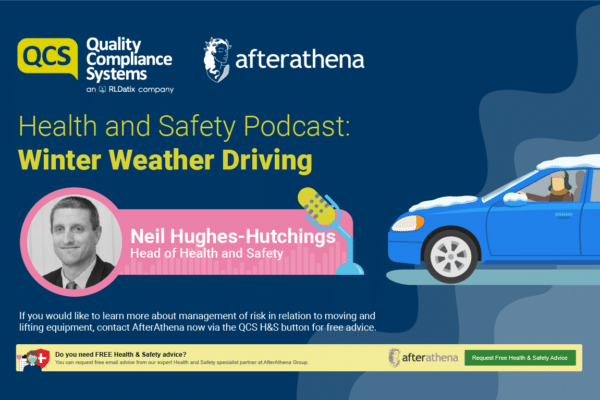You should all be aware that a shiny new HTM 01 05 – Decontamination in Primary Care Dental Practices – has landed through our letter boxes. This is one of those documents which, when you pick it up, makes you gulp and go into a tail-spin of anxiety. The temptation is to hide it in a drawer and try to ignore it, but you can hear it knocking to get out in your nightmares.
Well, first of all, don`t panic! The new version has some differences and these are generally more `practice friendly` than the last one. Next, you will have received the updated QCS policy and procedure based on the 2013 HTM publication. This should be a little easier to read than the original document and breaks it down into a few sections to address one at a time. Make sure everyone in the practice has read it and then use practice meetings to address any shortcomings in your current procedures. I`ll just go through some of the main differences point by point. On the good side –
- In the guidance for storage of instruments, the period one may store sterilised instruments has been increased. For wrapped instruments, they may be stored for up to one year now, regardless of the type of steriliser used. Unwrapped instruments may be stored for one day in clinical areas and up to a week in non-clinical areas. This will mean less re-treating of clean instruments!
- Manual cleaning of instruments can now be performed either by the use of two sinks or by using one sink with a bowl. This may make the design of an interim decontamination area easier and means it is still possible to continue old habits. However, there is a proviso coming later in this article.
- Infection Control Audits may now be performed every six months rather than quarterly. However, if you haven`t already done it, you will need a current completed HTM Audit Tool in your files to start with. Download this from the HTM website.
- There is a greater emphasis on following the manufacturer`s guidance on both decontamination of hand-pieces and on the validation and testing of autoclaves and other equipment. This is balanced by making sure all equipment meets national standards, see the new Equipment Safety Policy and Procedure.
- The guidance on washing of uniforms is less pedantic. One may now wash them to the maximum for whatever material they are made from, rather than the 60 degree C that was set in stone before. This allows more choice in uniforms as well as reducing the power consumption of your washing machine!
However, the `bad news` is that we now have to have a written plan for achieving a `Gold Standard` in the cross infection control process. The main goals are creating a separate Decontamination area/room (with some standards for how this is laid out) and using Washer Disinfectors in this separate area.
This might seem onerous when the practice is short of space or equally, short of capital for investment, but the requirement is just to have a plan and there is no timescale in which this has to be carried out (although an estimate of time would be part of the plan). We have, at least, until the next update on HTM 01 05, and remember how many years that took to happen. The pressure is on to meet these standards but there is obviously a reluctance to make them compulsory or to penalise practices that cannot achieve them yet.
The other big thing to happen is publication of the Health and Safety (Sharp Instruments in Healthcare) Regulations 2013. On first reading, I thought this was just another over-kill approach to a minimum risk situation. However, there are an estimated 100,000 needlestick injuries reported in the UK each year. In addition, a recent survey of doctors found that 44% had suffered a needlestick injury and not reported it! Every one of these incidents represents six months of worry whilst waiting for results of blood tests and a lot of hassle in chasing up patient`s medical histories. So, perhaps this is an overdue piece of legislation that we should take seriously.
The main practical points are about –
- Risk assessments for the use of sharps, and limiting use where possible.
- Policies of never re-sheathing sharps and never passing sharps from hand to hand.
- Substituting `Safer Sharps` for the traditional sharps used in practice, where it is reasonably practicable to do so.
It`s this last point that can be open to discussion. One might say that it isn`t `reasonably practicable` to make any changes. One might also link this to `reasonably financially practicable` as I know some people have, but there is a duty of care towards employees and with this duty of care is an obligation to be moving towards safer practises. The definition of a `safer sharp` as it applies to Local Anaesthetic syringes is one that has a shield or cover that slides away from you to cover the pointed end, together with a palpable or audible click when it is correctly activated. There are a number of such devices on the market and they have come down in price recently in response to increasing sales. The cost per unit is now not far off the price of a traditional needle. I would recommend shopping around and seeing what you can find.
All in all, the last few months have seen changes which have needed a lot of work, not particularly to address, but to check that we are addressing. In my opinion, we shouldn`t be fearful of these changes, they are actually very slow to progress and are concerned with increasing safety and service. Once you`ve got over the initial reaction to any new requirement, it`s better to immerse yourself in the change rather than ignore it.






